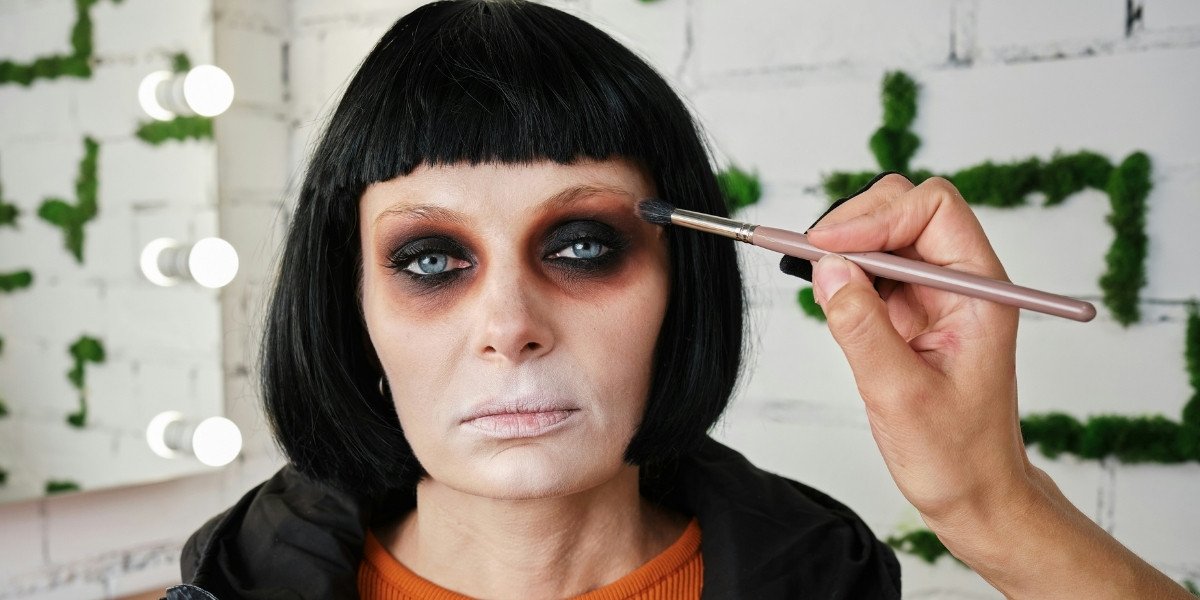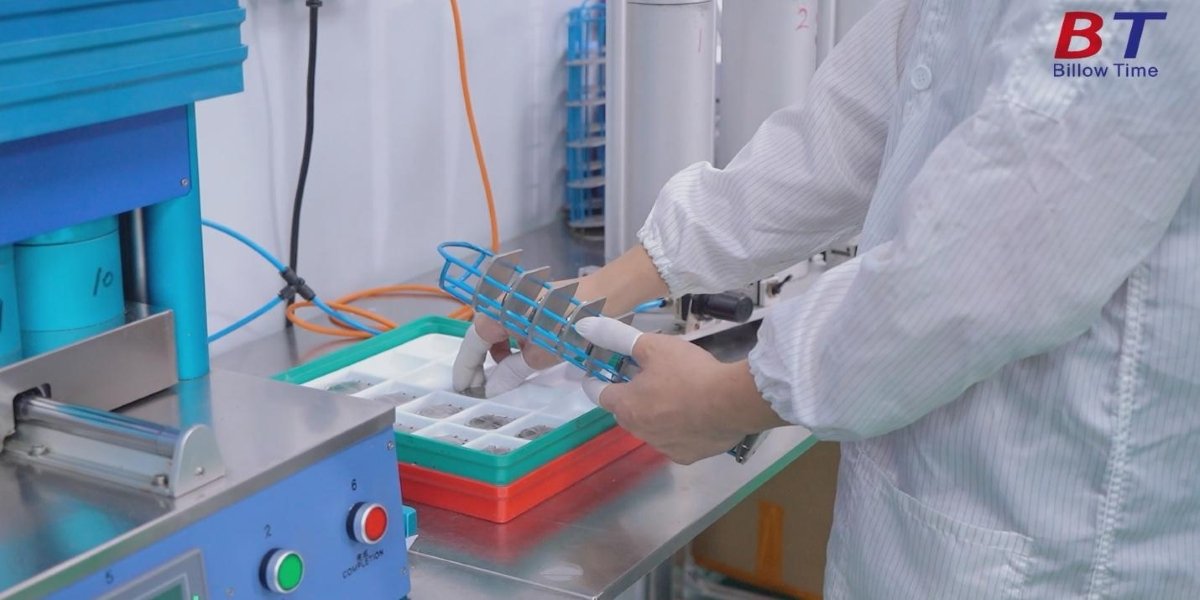For many actors, transforming into a character requires more than just skillful acting—it often involves spending hours in the makeup chair. Whether it’s applying prosthetics, elaborate face paint, or full-body transformations, some roles demand exceptional patience and endurance. The process can take anywhere from a few hours to an entire workday, testing an actor’s physical and mental stamina. So how do actors manage to sit for such long periods while undergoing these painstaking procedures? This article explores the strategies actors use to endure extended makeup sessions, from physical preparation and mental resilience to real-life examples of some of the most grueling makeup transformations in film and television history.
Physical Preparation
Maintaining Comfort
One of the biggest challenges actors face during long makeup sessions is physical discomfort. Sitting in one position for hours can cause stiffness, muscle aches, and fatigue. To combat this, many actors take precautions to ensure they remain comfortable throughout the process. Adjustable chairs, proper posture, and occasional stretching help reduce the strain of prolonged sitting.
Some actors request breaks between applications to stand, stretch, or even walk around if their prosthetics allow. Makeup artists also help by adjusting their work environment to minimize discomfort, such as using ergonomic chairs and allowing actors to reposition their hands or feet periodically.
Skin Care Regimens
Extended exposure to heavy makeup, adhesives, and prosthetics can take a toll on an actor’s skin. Many actors follow strict pre- and post-makeup skin care routines to protect their skin from irritation and breakouts.
Some essential steps include:
- Prepping the skin with a moisturizer and barrier cream to reduce irritation.
- Using gentle cleansers and hydrating masks after removing heavy makeup.
- Applying anti-inflammatory products to reduce redness and swelling.
Actors like Margaret Qualley have spoken about how prosthetics affected their skin, sometimes leading to rashes and irritation. Preventative skin care helps ensure actors can withstand multiple days or weeks of intensive makeup applications without long-term damage.
Mental Strategies
Mindfulness and Meditation
Spending hours in the makeup chair requires immense patience, especially when applying delicate prosthetic pieces that require precision. Some actors practice mindfulness and meditation to remain calm and relaxed during the process.
Deep breathing exercises, guided meditation, or simply zoning out can help actors maintain their composure while sitting still for extended periods. These techniques reduce anxiety and restlessness, making it easier to endure long application times.
Engaging Activities
To make the time pass more quickly, actors often engage in various activities while in the makeup chair. Some of these include:
- Listening to music or podcasts to stay entertained.
- Reading scripts or books to remain productive.
- Watching television or movies on a nearby screen.
For example, Dave Bautista, who played Drax in Guardians of the Galaxy, spent nearly five hours every day in makeup. To cope with the lengthy process, he listened to music and podcasts to distract himself while multiple makeup artists worked on applying his prosthetics.
Collaboration with Makeup Artists

Photo Credit: Unsplash.com
Building Rapport
A strong actor-makeup artist relationship is essential for making the process smoother. Many actors develop close bonds with their makeup teams, creating an environment of trust and collaboration. This allows actors to voice their concerns, request breaks, and suggest adjustments if they experience discomfort.
In some cases, actors and makeup artists develop unique routines to make the process more efficient. These routines can involve pre-cutting prosthetics, using specialized adhesives, or applying certain pieces in a specific order to minimize discomfort and save time.
Providing Feedback
Open communication between actors and their makeup artists ensures the best results with minimal discomfort. Actors provide feedback on how their makeup feels, whether they need a break, or if adjustments are necessary. This helps makeup artists fine-tune their approach to maximize comfort while still achieving the desired transformation.
Physical Health Considerations
Managing Discomfort
Sitting for extended periods can lead to muscle stiffness, back pain, and fatigue. To combat this, actors take precautions such as:
- Using ergonomic chairs to maintain good posture.
- Taking short movement breaks whenever possible.
- Engaging in post-session stretching to prevent stiffness.
Hydration and Nutrition
Actors must also stay hydrated and nourished throughout the process. Many drink plenty of water to keep their skin hydrated, which is essential for prolonging the durability of prosthetics and makeup. Some actors eat light snacks during the process to maintain their energy levels, as long as it doesn’t interfere with the application.
Notable Examples of Extreme Makeup Transformations
Tim Curry in Legend
Tim Curry endured five and a half hours of makeup daily to transform into the demonic character Darkness in Legend (1985). His entire body was encased in prosthetics, and the process was so intense that he developed claustrophobia from wearing the elaborate costume.
Dave Bautista as Drax
For his role as Drax in Guardians of the Galaxy, Dave Bautista spent nearly five hours in the makeup chair every day. The process involved 18 separate prosthetic pieces, applied by a team of five makeup artists. Over time, the team developed quicker application techniques, eventually reducing the time to 90 minutes for later films in the franchise.
Jamie Campbell Bower as Vecna
Jamie Campbell Bower spent seven and a half hours in makeup to become Vecna in Stranger Things. His transformation included full-body prosthetics, latex applications, and intricate airbrushing to create the character’s terrifying appearance. To endure the long hours, he engaged in meditative breathing exercises and listened to music to stay patient.
Actors who undergo extensive makeup transformations must develop physical endurance, mental resilience, and strong collaboration skills to survive the hours spent in the makeup chair. Proper skin care, hydration, and physical adjustments help minimize discomfort, while distractions like reading, music, and meditation keep them mentally engaged.
Despite the challenges, many actors embrace the process as an essential part of their craft. Their patience and endurance bring some of the most iconic film and television characters to life, proving that the art of transformation is just as crucial as the performance itself. From Tim Curry’s legendary prosthetics in Legend to Jamie Campbell Bower’s chilling Vecna transformation, these dedicated actors demonstrate the incredible lengths performers go to in pursuit of cinematic excellence.














